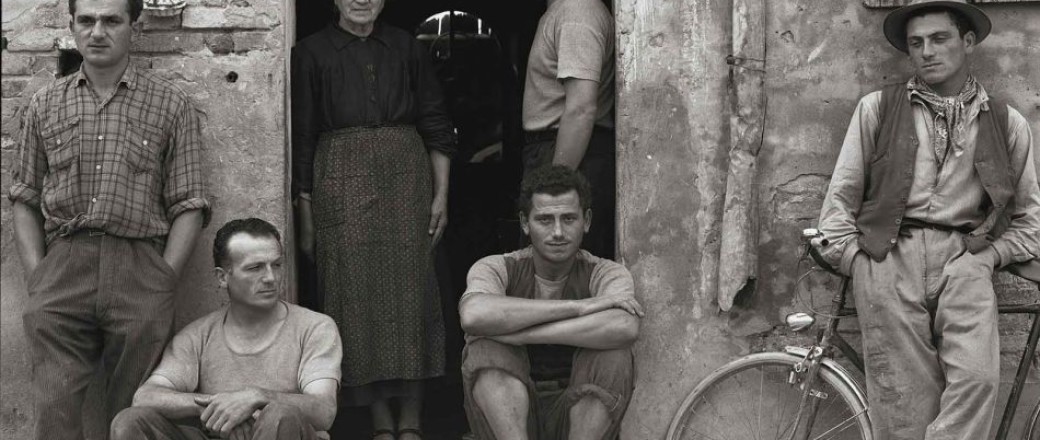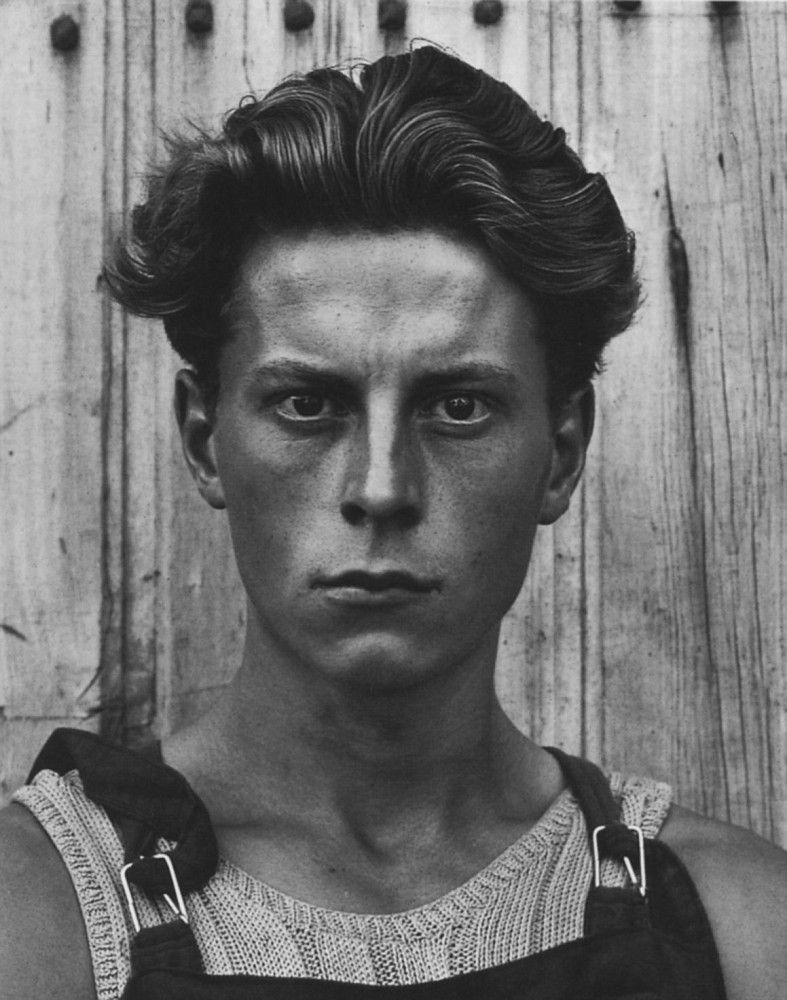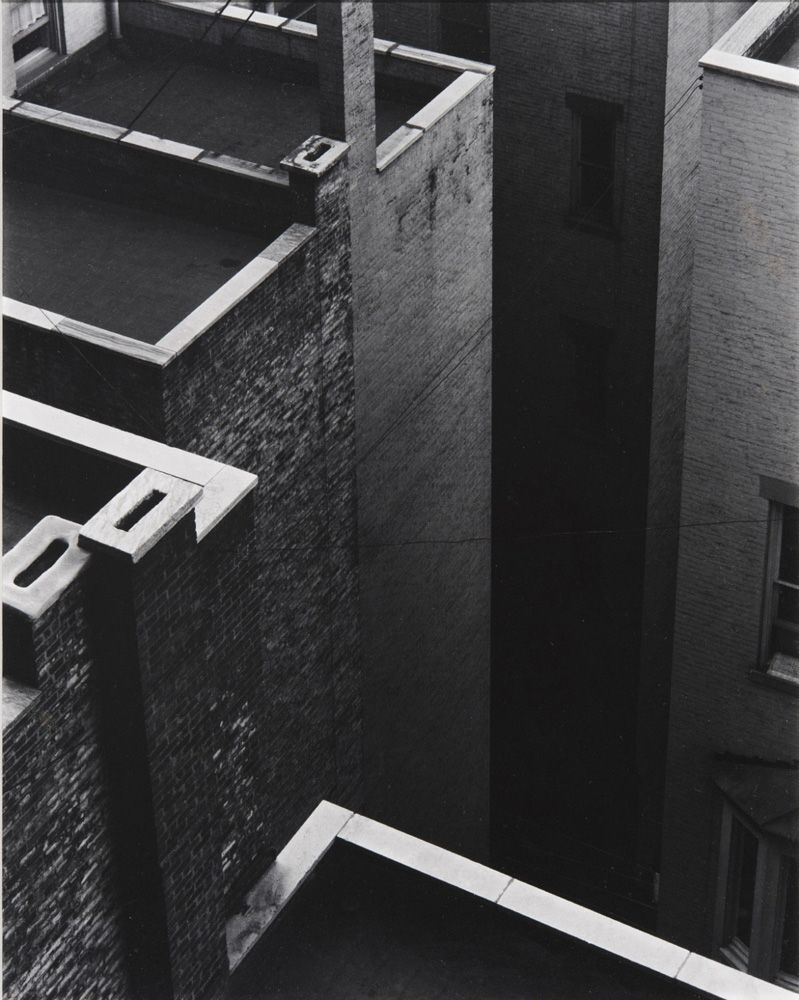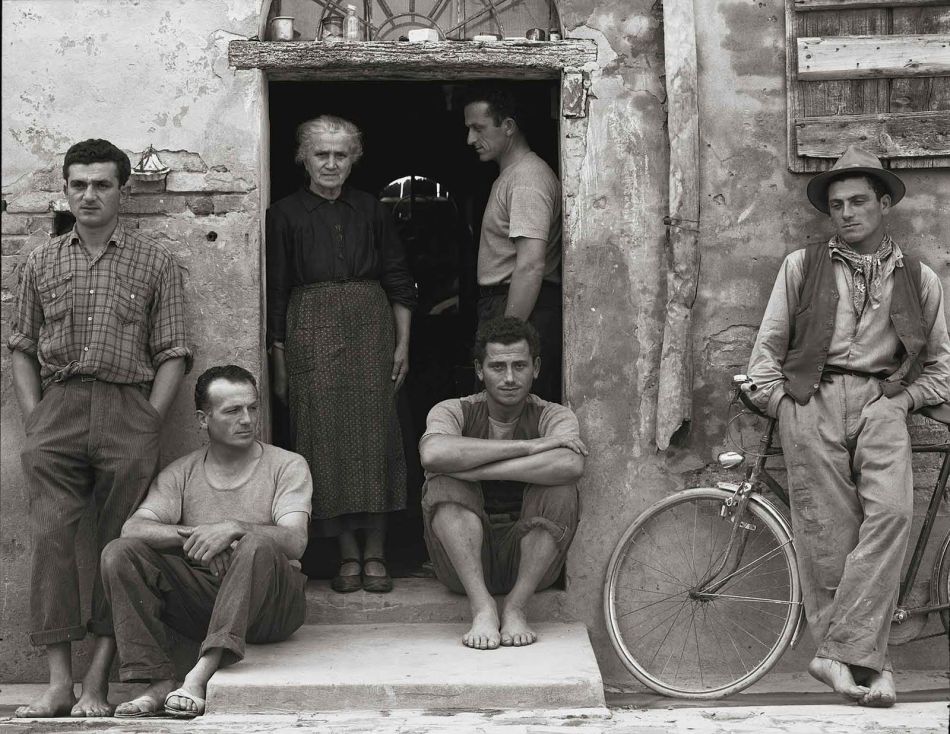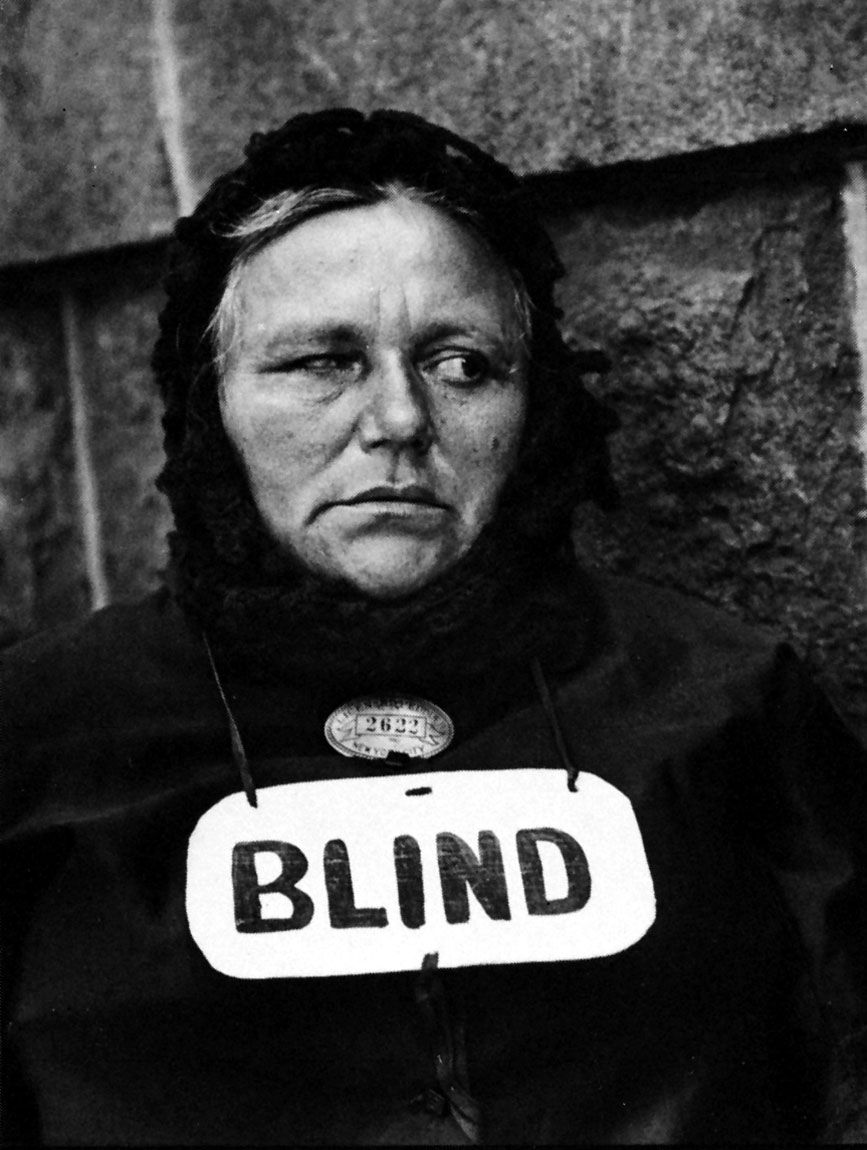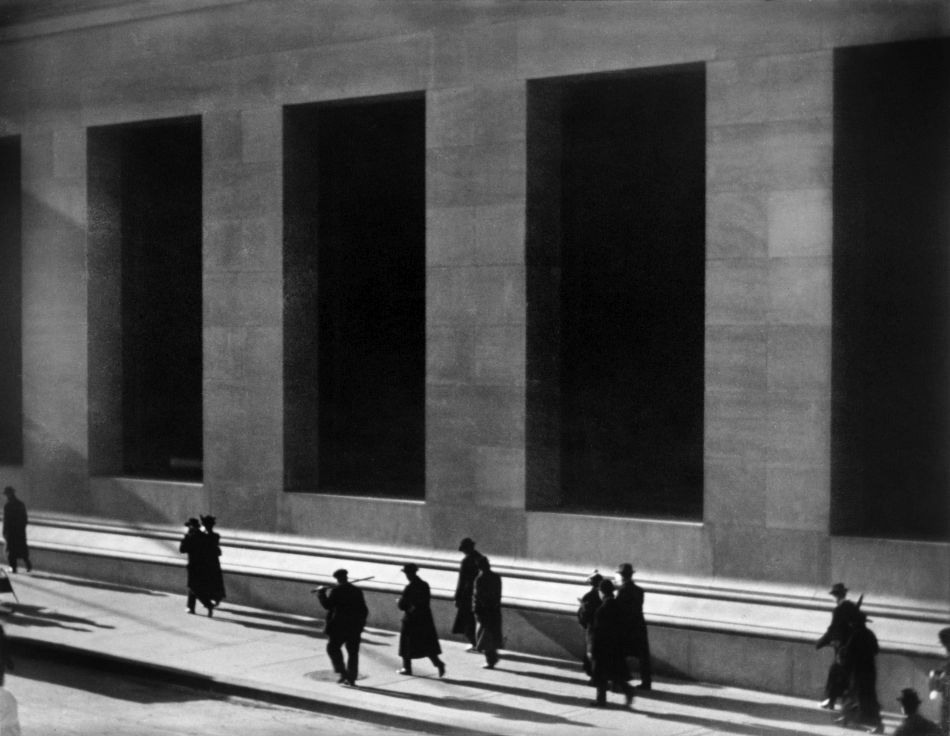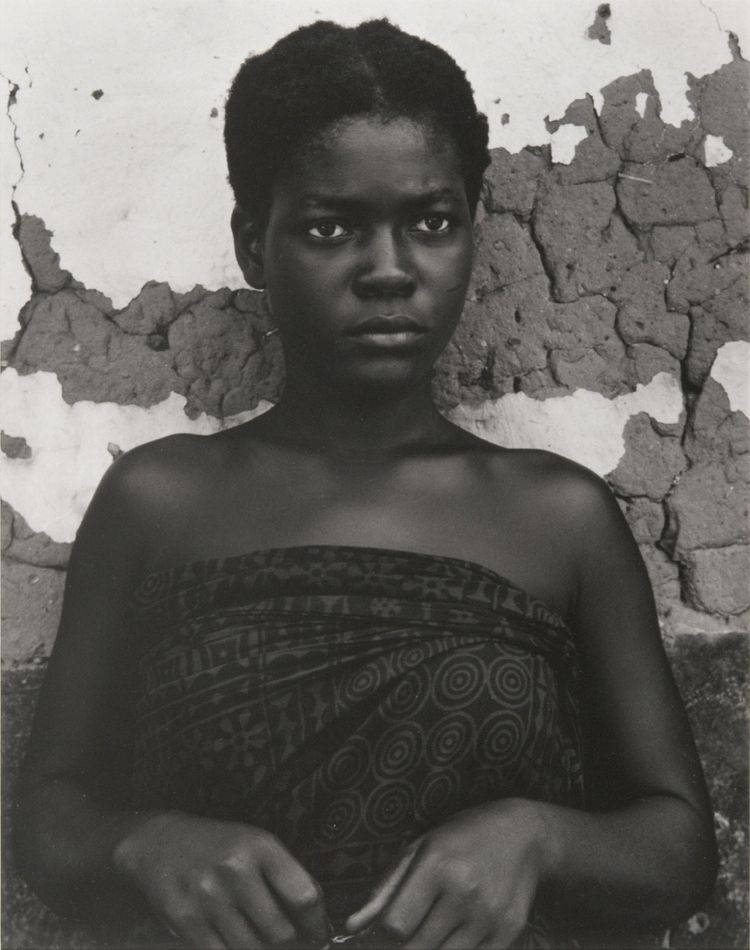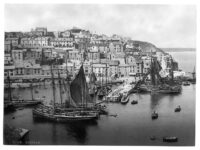Fotomuseum Winterthur presents the first major retrospective in Europe of the work of Paul Strand (1890 – 1976), one of the great modernist photographers of the twentieth century. Drawing from a recent major acquisition of 3,000 prints by the Philadelphia Museum of Art, the exhibition shows the evolution of Strand’s work over six dec-ades. It reveals the multiplicity of his practice, from his early efforts to secure photography’s position as a modernist art form, to his embrace of film making, to his powerful evocation of people and place in his post war photo books. Strand is revealed as a complex and contradictory figure: a stubborn aesthete, a committed leftist with communist sympathies, and a pastoralist motivated by a strong sense of social purpose.
The exhibition begins with Strand’s rapid mastery of the prevailing Pictorialist style of the 1910s and his growing in-terest a few years later in abstraction. We see him attempting to incorporate into photography some of the key les-sons of modern art, especially Cubism and work by the American artists in the Alfred Stieglitz group. At the same time, Strand began to explore urban subject matter, including a remarkable series of close up portraits of peopletaken anonymously on the streets of New York. He was investigating the capacity of the camera to record modernlife and was particularly interested in its ability mechanically to capture mesmerizing detail. The exhibition includesStrand’s first short film, Manhatta(1921), a ‘city symphony’ dedicated to New York, made together with the artist Charles Sheeler. At once romantic and highly formal, it is considered the first American avantgarde film.
Strand was always interested in travel and in particular the capacity of the camera to reveal the qualities of place and events that would otherwise not be encountered. Between 1932 and 1934 he photographed in Mexico, a country which had a profound effect on him, deepening his engagement with the politics of the left. Here he made a remarkable series of portraits, placing a prism on the lens of his Graflex camera so as to make images surreptitiously. Strand was also interested in the context of Mexican peasant life, making an equally remarkable series of images of bultos, the carved and painted religious figures in Mexican churches. Strand’s enduring attention to time and history becomes more strongly articulated in these images, an effort to record qualities of life that he deeply valued.
Deeply impacted by the world economic crisis of the 1930s, Strand took an increasing interest in film-making as a means of encouraging social change. It would dominate much of his creative work over the next decade. The exhibition includes excerpts from two important films, Redes (1936) and Native Land (1942). Set in Mexico, the former is a fictional account of a fishing village struggling to overcome the exploitation of a corrupt boss. The latter, co-directed by Leo Hurwitz and by Paul Robeson, is Strand’s most ambitious film and was created after he returned to New York to set up Frontier Films, a collective dedicated to making left-wing documentaries. Blending fictional scenes and documentary footage, Native Land focuses on union-busting in the 1930s from Pennsylvania to the Deep South. Strand’s films reveal the extent of his political commitments, but equally the limits on his filmmaking ambitions as America became embroiled in the Second World War.
After 1945, Strand devoted his energies primarily to the production of photo books, offering him the opportunity to create complex portraits of people and place. With the photography curator Nancy Newhall, he published Time in New England in 1950, a book which conveyed a sense of the intersection of past and present to evoke a tradition in American culture of tolerance, liberty and democratic freedoms. These were important issues for Strand as during the same year he moved to France in response to the growing anti-Communist witch-hunts in the U.S. Here he would continue to search for communities that reflected his political ideals, in particular the Italian village of Luzzara in the Po River Valley which was published with Cesare Zavattini as Un Paese: Portrait of an Italian Village in 1955. Influenced by Zavattini’s neo-realist aesthetics the book concentrated on portraits of the villagers in their contexts of work and home, a moving homage to the qualities of everyday life.
Strand also photographed extensively in Africa and in 1963 he was invited to Ghana at the invitation of Kwame Nkrumah, its first president following the end of British rule. Fascinated by Ghana’s emerging democracy during these years, Strand was excited to photograph a place undergoing rapid modernization. His book, published eventually as Ghana: An African Portrait (1976), presents a sense of Ghanaian modernity unfolding alongside traditional culture. Strand was clearly energised by the vibrant public life of the country and the book’s portraits are complemented by remarkable street pictures showing meetings, political rallies and outdoor markets.
Strand died at his home in Orgeval, outside Paris in 1976 aged 85. In his later years he frequently photographed his garden and the exhibition ends with a series of his lyrical Orgeval still lifes. These images extend the meditative exploration of nature he had begun in the 1920s and dwell on the domestic pleasures of a garden cultivated over twenty years
Paul Strand – Photography and Film for the 20th Century
7 March, 2015 – 17 May, 2015
Fotomuseum Winterthur (Main Gallery + Gallery)
Grüzenstrasse 44
8400 Winterthur
Switzerland
Website: www.fotomuseum.ch

